Hip Replacement
Latest Treatment Photos
Computer-Assisted Total Knee Replacement
Computer-assisted total knee replacement is a procedure that utilizes sophisticated computer imaging to assure the highest level of precision during the knee replacement procedure. With the aid of a real time infrared based tracking system, we can achieve virtually perfect alignment and soft tissue balance, which are the two most critical components of a successful knee replacement. Dr.Dr.Sanagameswaran M.S. Ortho.
Preparing for hip replacement surgery
Hip replacement has become a common and safe procedure — about 36,000 people in India get a new hip each year. Good preparation can speed your recovery after surgery and help ensure a successful result.
Here are some ways to prepare for your hip replacement surgery.
- Learn about the procedure. Before you check into the hospital, learn everything you can about hip replacement surgery, the type of replacement joints available, and the details of recovery.
- Write down questions before your consult. You’re going to have lots of questions for Dr Sangameswaran, but it may be hard to remember them all when you’re sitting in the office. Instead, write down questions beforehand on a pad and go in prepared.
- Consider the impact on work. Think through how surgery and recovery will affect your job and home life. Depending on the demands of your job, you may need a few weeks — or even a few months — away from work.
- Get in shape. If you go into surgery in good shape, you could dramatically speed up your recovery. If you’re overweight, try to lose a few kilos. Building up strength is important too. A strong upper body will make it much easier to get around on crutches or a walker. Some pool or gym work will help.” Prehab” where you do a programme at the rehab unit pre-op is a good idea.
- Meet with a physio therapist. Physio therapy and rehabilitation with hydrotherapy is key to a good recovery and a successful hip replacement. Instead of waiting until after surgery, see if you can meet with the physio therapist now. Learning some of the exercises before surgery could make them easier to do later.
- Test drive your crutches or walker. See if you can borrow a pair of crutches or a walker. Try to get comfortable using them now.
- Get family and friends to help. No one can recover from hip replacement alone. Work out a plan with your family. If you live alone, see if a friend or close relative could stay with you for a while. If you don’t have a support system you can rely on, you could stay in a rehab facility after surgery while you recover.
- Rearrange your home. If you’ll be recuperating at home, you need to make changes now. Consider moving your bedroom to the ground floor. Set up a kind of “base camp” where you’ll spend most of your time — with phone, computer, remotes, and everything else you’ll need in easy reach. Make sure your house will be easy to move around in with a walker or crutches. Remove possible tripping hazards, such as loose rugs.
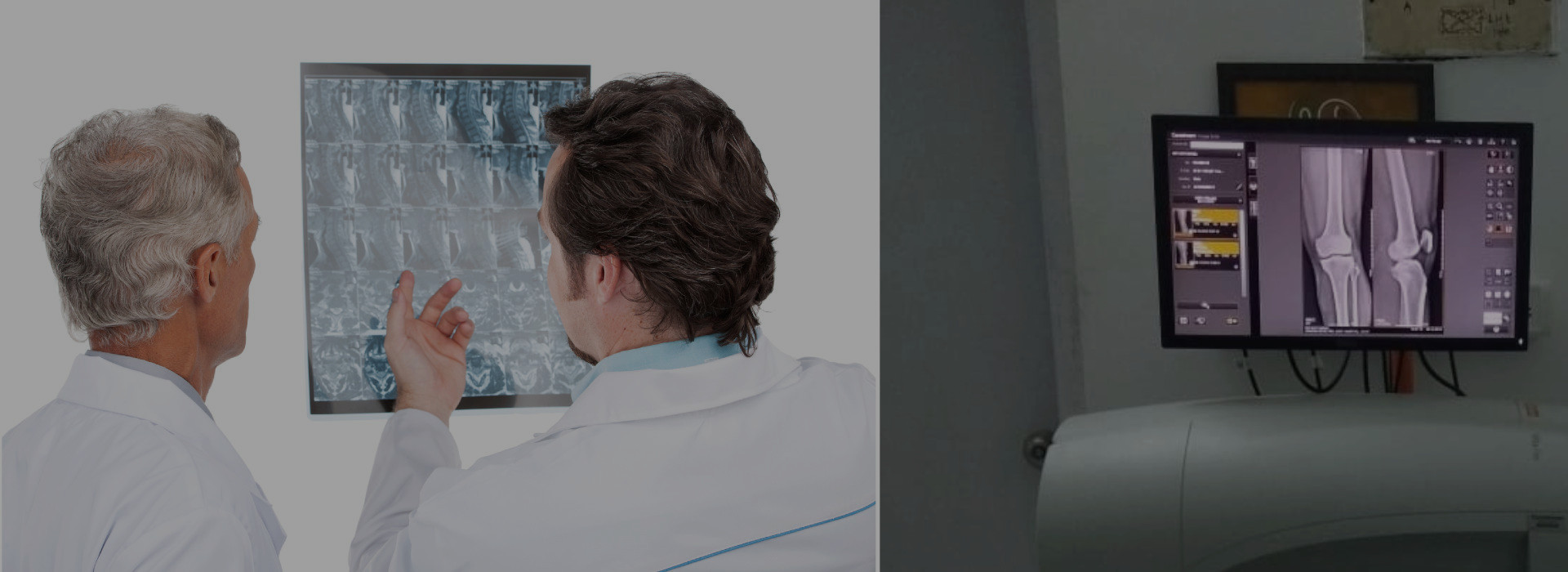

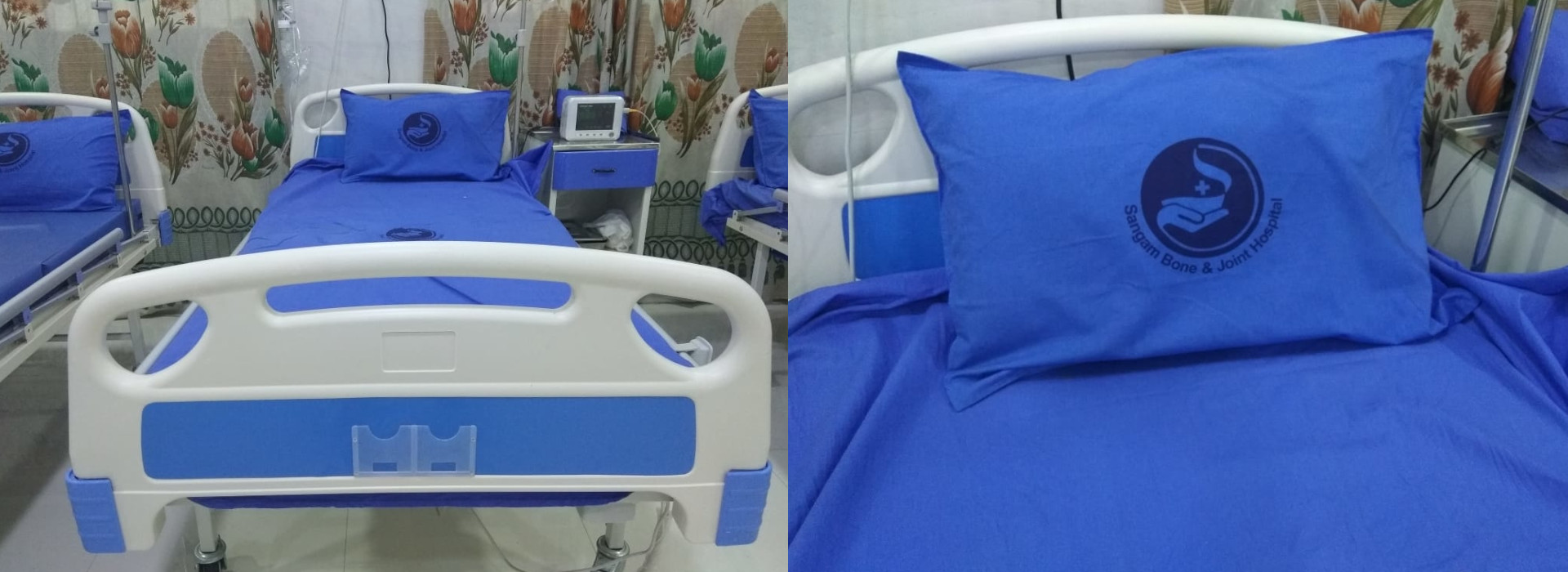
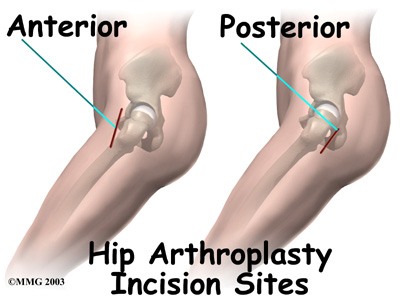
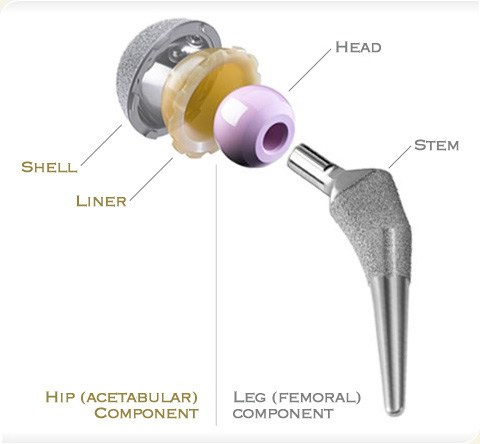
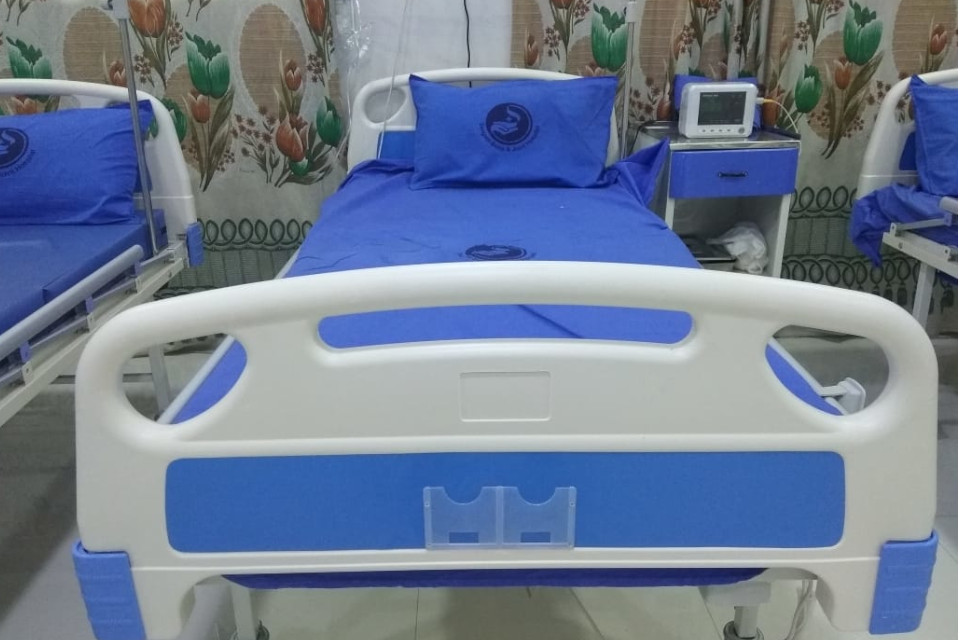
Your operation and hospital stay
Total hip replacement is a major operation. It involves admission to hospital, anaesthesia, rehabilitation and well defined risks.
The operation takes us about 90 minutes to perform. It is an operation Dr Sangameswaran performs about 100 times per year. This represents a busy surgical practice specialising in hip and knee replacement.
Anaesthesia used is often a spinal block with sedation/general anaesthesia combined with intraoperative injections of local anaesthesia, and a “Pain buster” local anaesthetic catheter which is left in the joint. You will not be aware during the operation. You can be completely asleep if you wish. Your anaesthetist will discuss this with you the night before surgery.
Your operation will be carried out in an orthopaedic operating theatre at Sangam bone and joint Hospital. Strict aseptic conditions will apply, including the use of full exhaust “space suits”. Your arthritic hip is dislocated surgically and the ball of the femur removed. Drills and reamers are used to prepare the bone surfaces for accurate implantation of your new hip. Special care is taken to ensure the hip is stable and the length of the leg is the same as the other side if possible. The wound is sutured close with a dissolving material so no stitches are seen or need to be removed.
After the operation, you will be transferred to the recovery ward for observation for a period of hours. A check X-ray of your new hip will be taken and shown to me before you return to the hospital ward.
Post-operative programme in hospital
Day 1
You will be encouraged to stand and walk fully weight bearing with a walking frame. You should start a light normal diet if there is no nausea. we start prune juice and other laxatives early, as a lot of the pain killers tend to cause constipation. If you take something regularly normally, you should bring it in to hospital and it will be prescribed. It is not unusual to have a first bowel motion at Day 3 or later.
You will have a drip with fluids and antibiotics running into the vein, an indwelling urinary catheter draining the bladder of urine and a drain in the hip wound draining blood from the operation site. Pain medicine will be given regularly orally for at least 48 hours, and then as required. Calf compressors are applied to decrease clots forming in the legs. Heel Protectors are used to avoid pressure ulcers.
Day 2
If you have been successful in standing and walking a few steps ton Day 1, then all tubes will be removed and your dressing changed today. You may shower if you feel up to it. You will be walked twice today with your physio out of the room.
Day 3, 4
Mobilising twice daily, moving onto crutches or stick. Normal diet and bowel habit. Reducing pain medicine. Can sleep on back or non-operated side (Pillow between legs for mini posterior approach. No “hip precautions” for DAA.
Day 5
Today you will be discharged provided that we feel you are well enough, the wound looks god and there are no medical issues. We do Doppler ultrasound scans routinely on all THR patients prior to discharge. Most patients go to rehab for a week or 2, but some go directly home or to “ECP” (where the physiotherapist visits you at home provided you are in the area.
First 6 weeks
Graduated exercise programme with a walking aid outdoors. Aim to be doing about an hour of something, including walking, pool, exercise bike or gym.
Left THR may drive automatic car at 2 weeks, right THR should wait till 6 weeks. Clinical review at week 6 in Dr Neil’s rooms with x-rays. This appointment will be given to you at time of initial booking for surgery. It would be appreciated if accounts settled at this time as well.
Return to activities/sport?
Once you have undergone a THR, it is your implant for life and you need to look after it to get the longest life from your new joint. You should avoid impact, that is running and jumping, forever. Run in an emergency but not for exercise.
After about 3 months, you can do ALL other activities within reason, including walking, hiking, trekking, swimming, skiing, golf, doubles tennis, cycling, scuba diving, horse riding, etc.
Any activity that has a risk of falling, and therefore trauma to your new hip, you do at your own risk.
Your hip will continue to improve and feel more normal over at least 12 months or longer, by which time we will have done a final check and discharged you if all is well.
For THR, the implant we use is the Global Cup and Paragon Stem
Risks
As with any major surgical procedure, there are certain potential risks and complications involved with total hip replacement surgery. The possible complications after total hip replacement include:
- Infection
- Dislocation
- Fracture of the femur or pelvis
- Injury to nerves or blood vessels
- Formation of blood clots in the leg veins
- Leg length inequality
- Hip prosthesis may wear out
- Failure to relieve pain
- Scar formation
- Pressure sores
Patient Experience
Your care and comfort are our top priorities. We ensure that the patients are well informed prior to every step we take for their benefit and their queries are effectively answered.
Latest Technologies
The Sangam Bone and Joint Hospitals’ team stays up to date on the advancements in medical procedures and technologies. Experience the Future Healthcare Technologies now at Sangam Bone and Joint Hospitals.
Providing Quality Care
Strengthening lives through compassionate care, innovative therapies and relentless efforts. It relentless efforts. It reflects in the DNA of our passionate team of doctors and dedicated clinical staff.











